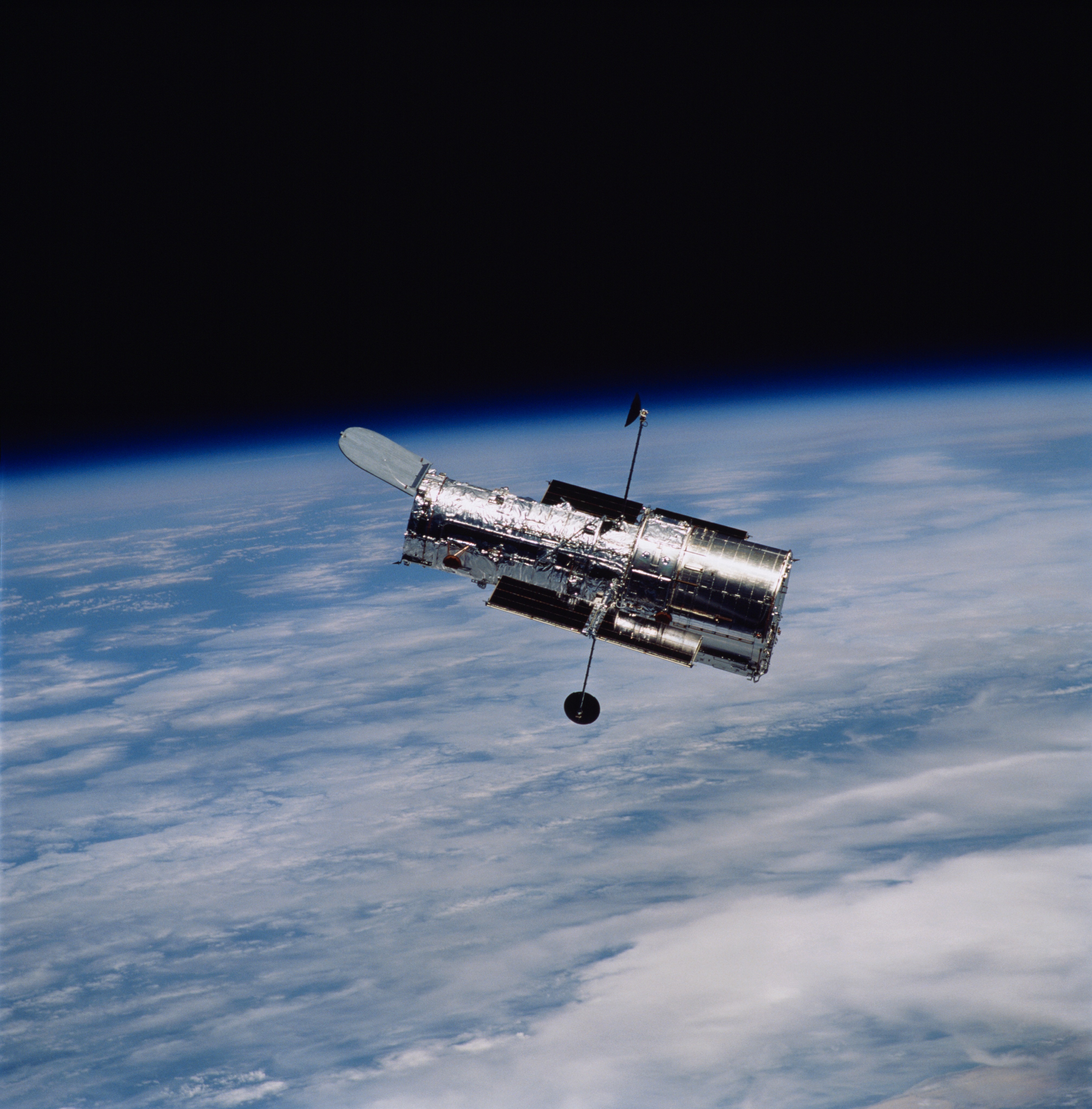2 min read

This new image from the NASA/ESA Hubble Space Telescope shows the broad and sweeping spiral galaxy NGC 4731. It lies in the constellation Virgo and is located 43 million light-years from Earth. This highly detailed image uses data collected from six different filters. The abundance of color illustrates the galaxy's billowing clouds of gas, dark dust bands, bright pink star-forming regions and, most obviously, the long, glowing bar with trailing arms.
Barred spiral galaxies outnumber both regular spirals and elliptical galaxies put together, numbering around 60% of all galaxies. The visible bar structure is a result of orbits of stars and gas in the galaxy lining up, forming a dense region that individual stars move in and out of over time. This is the same process that maintains a galaxy's spiral arms, but it is somewhat more mysterious for bars: spiral galaxies seem to form bars in their centers as they mature, which helps explain the large number of bars we see today, but they can also lose them if the accumulated mass along the bar grows unstable. The orbital patterns and the gravitational interactions within a galaxy that sustain the bar also transport matter and energy into it, fueling star formation. Indeed, the observing program studying NGC 4731 seeks to investigate this flow of matter in galaxies.
Beyond the bar, the spiral arms of NGC 4731 stretch out far past the confines of this close-in Hubble view. Astronomers think the galaxy’s elongated arms are the result of gravitational interactions with other, nearby galaxies in the Virgo cluster.
Text Credit: European Space Agency (ESA)
Explore More
Media Contact:
Claire Andreoli
NASA's Goddard Space Flight Center, Greenbelt, MD
claire.andreoli@nasa.gov




